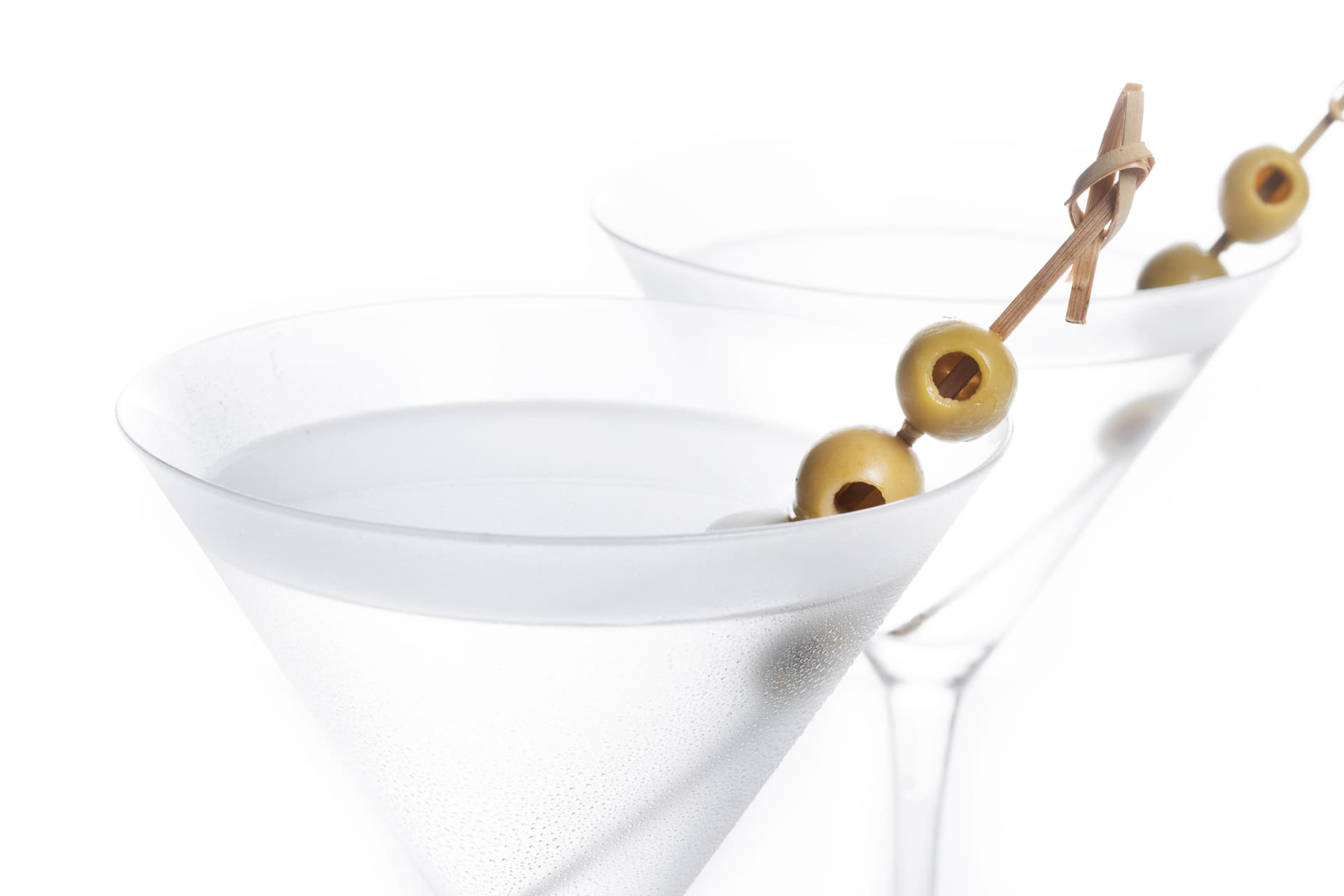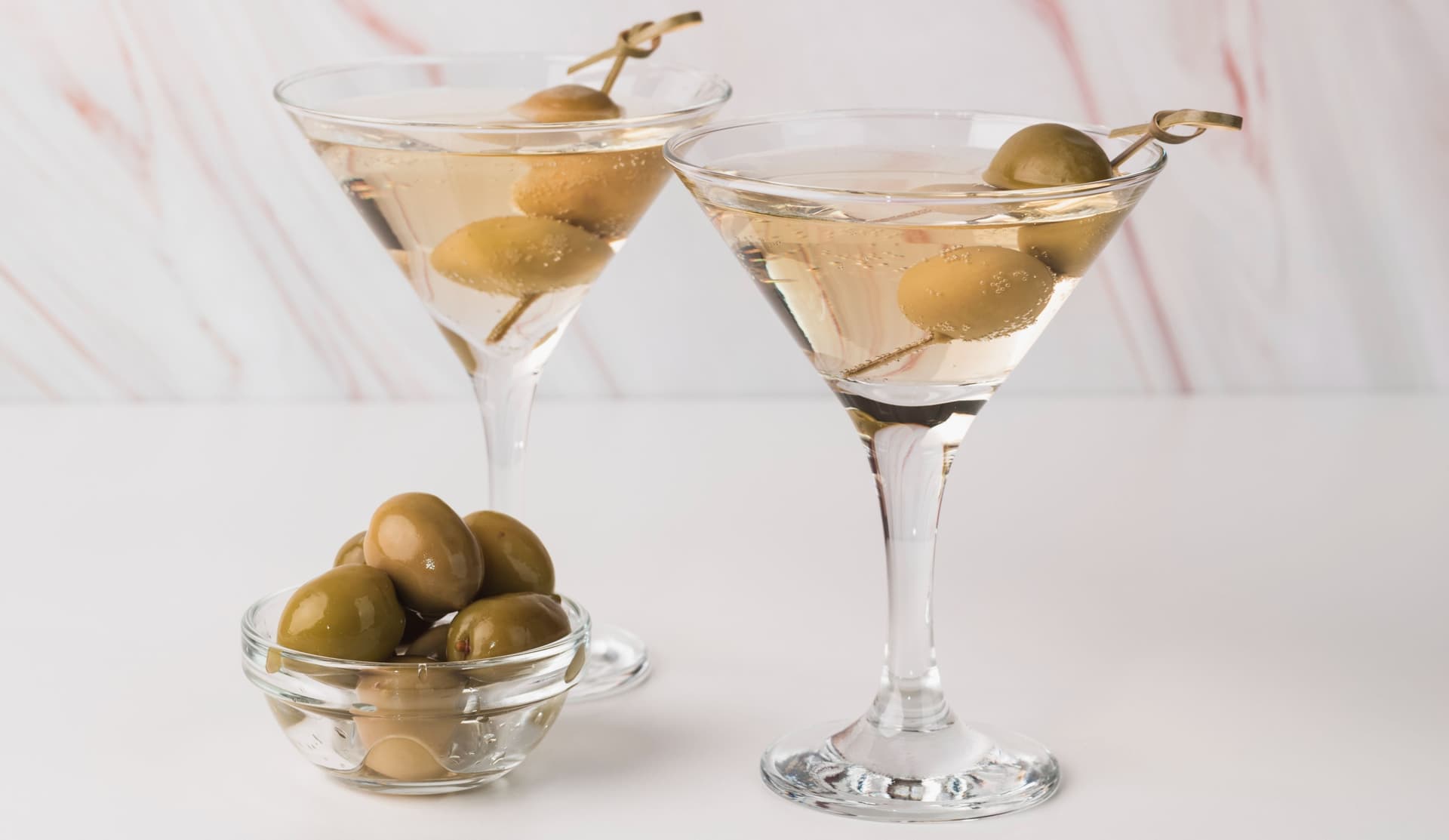Martini Cocktail: 5 Tips To Make A Perfect Drink
The martini cocktail is renowned for having a smooth texture and a clean, dry, and spirit-forward flavour. It has a crisp, clear texture that frequently retains the flavour. The flavour can change from crisp and herbaceous to slightly flowery or saline, depending on the ratios and modifiers used. This drink is based on simplicity, with minor changes having a big effect on the outcome.
Using the right amount of ice to stir without diluting too rapidly results in a smooth texture. To maintain its temperature, serve it in a stemmed cocktail glass. For a martini cocktail, stir 15 ml of gin or vodka with 5 ml of dry vermouth over ice, strain into a chilled glass, and garnish with a lemon twist or olive. Depending on one's preferred style—classic, dirty, or dry—garnish with an olive or lemon twist. This cocktail is frequently linked to classic flavour, demonstrating how simplicity can provide a sophisticated and well-balanced drink.
5 Tips To Make A Perfect Martini Cocktail

Balance
The proportion of vermouth to alcohol determines the flavour of a martini cocktail. The accuracy of those two components decides whether the drink tastes dry, smooth, or slightly fragrant despite its seemingly straightforward appearance. Although tastes vary, a 2:1 mixture of dry vermouth, gin, or vodka is a typical starting point. Stirring rounds off any harshness by allowing the mixture to chill and dilute at a controlled rate. You can determine whether a drink is too robust or mild by tasting it as you go.
Temperature
It is necessary to serve the martini cocktail chilled, not frozen. Both flavour and texture are impacted by temperature. Chilling everything before you begin is the trick. This includes the serving glass as well as the spirit, vermouth, and mixing glass. Use big, transparent ice cubes to stir chilled liquid uniformly without diluting it too much. This maintains the drink's control and crispness. A classic martini cocktail should never be shaken unless you want a hazy texture. Stirring makes it more uniformly chilled and gives it a smooth, glossy sheen. To maintain its essence, one can also store vermouth in the refrigerator.

Technique
When it comes to a martini cocktail, stirring is the rule, not the exception. Stirring creates a gradual, uniform dilution that maintains the drink's smoothness. With a mixing glass full of solid ice, move a long bar spoon in a circular motion. Stir until the outside of the glass is chilled, about 30 seconds. Blending the spirit and vermouth is equally as crucial as chilling the beverage. Pour the mixture into a chilled cocktail glass using a Julep strainer, careful not to let ice chips get through. Ensure your movements are steady and tidy—uneven dilution from stirring changes the flavour.
Time
Although making the martini cocktail takes longer, you shouldn't rush it. Every step, from stirring the drink to chilling the glass, has a specific function. Making it correctly usually takes about three minutes. Start by using ice and water to chill your glass beforehand. Place the vermouth and spirit in the freezer to chill them further. Meanwhile, get your strainer, garnish, and bar spoon ready. Use ice that won't melt rapidly and stir for around 30 seconds. Stir, then strain into the chilled glass and garnish immediately.

Presentation
The martini cocktail is very presentable. Just as essential as how it tastes is how it is presented. To keep it chilled, always serve it in a clean, refrigerated stemmed glass. There should be no streaks or frost markings on the glass; it should be dry and clear. A lemon twist or an olive is an example of a garnish that gives scent or a mild briny taste in addition to being decorative. You can carefully drop one olive into the drink or twist the lemon peel over the glass to release its oils. Don't over-garnish. Use a cocktail pick and maintain a clean, simple aesthetic if necessary.
Despite using fewer components, simple beverages can call for more accuracy. Every component, whether it's the garnish selection, stirring duration, or ratio, is essential. Precision is even more crucial to create a smooth, well-balanced cocktail with few ingredients because even a small mistake might upset the equilibrium for a traditional drink.
Drink Responsibly. This communication is for audiences above the age of 25.




